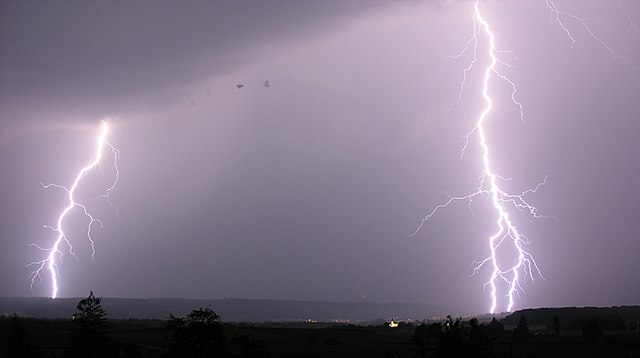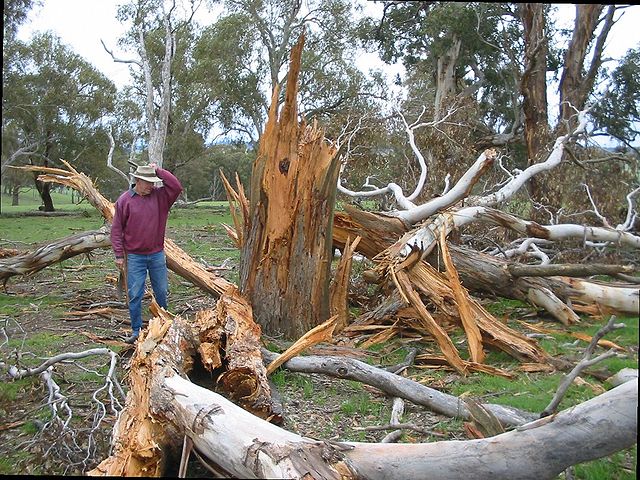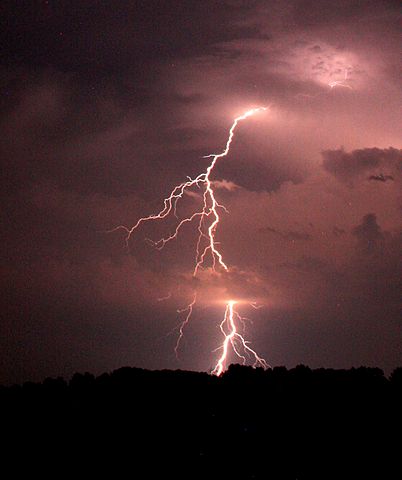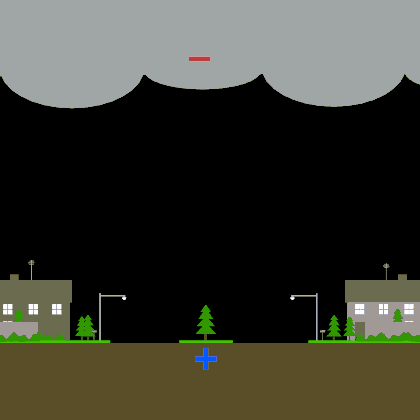We just learned about
Cloud to Cloud Lightning
When a cloud is all full of energy and ready to zap the ground with some electricity and make
Cloud to Ground Lightning, it starts shooting out things that are called
leaders.
We learned before about the tiny particles called atoms, and we learned that they can have extra positive or extra negative energy, called
Ions.
When all the little tiny atoms in the cloud get charged up, or ionized with energy, the negative and positive ionized gases in the cloud go in different directions.
The negative ionized gas starts moving down toward the ground, and the positive ionized gas moves up toward the sky.
These negative ionized gases moving down are the
leaders.
They all get kind of crazy and go in different directions, they zig zag and split into different parts called branches as they move toward the ground.
When they get to the ground, all those crazy ions turn into a huge bolt of electricity and zap the ground.
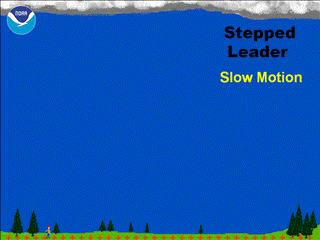
(from: wikipedia -
lightning)
Kid Facts - Blast from the past: Aluminum


